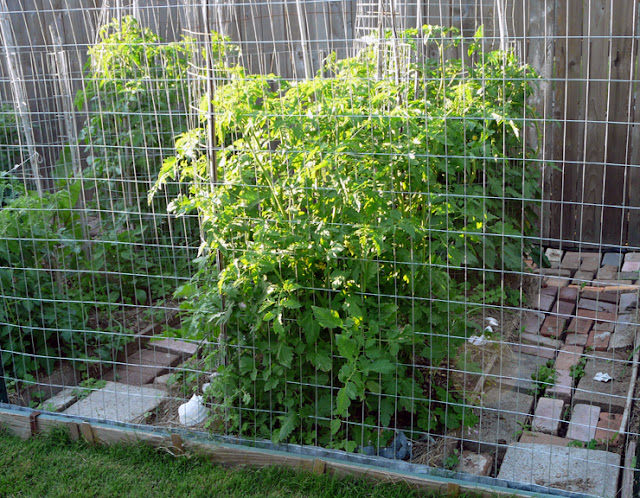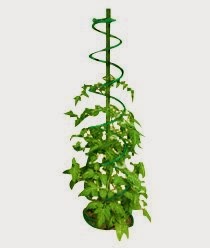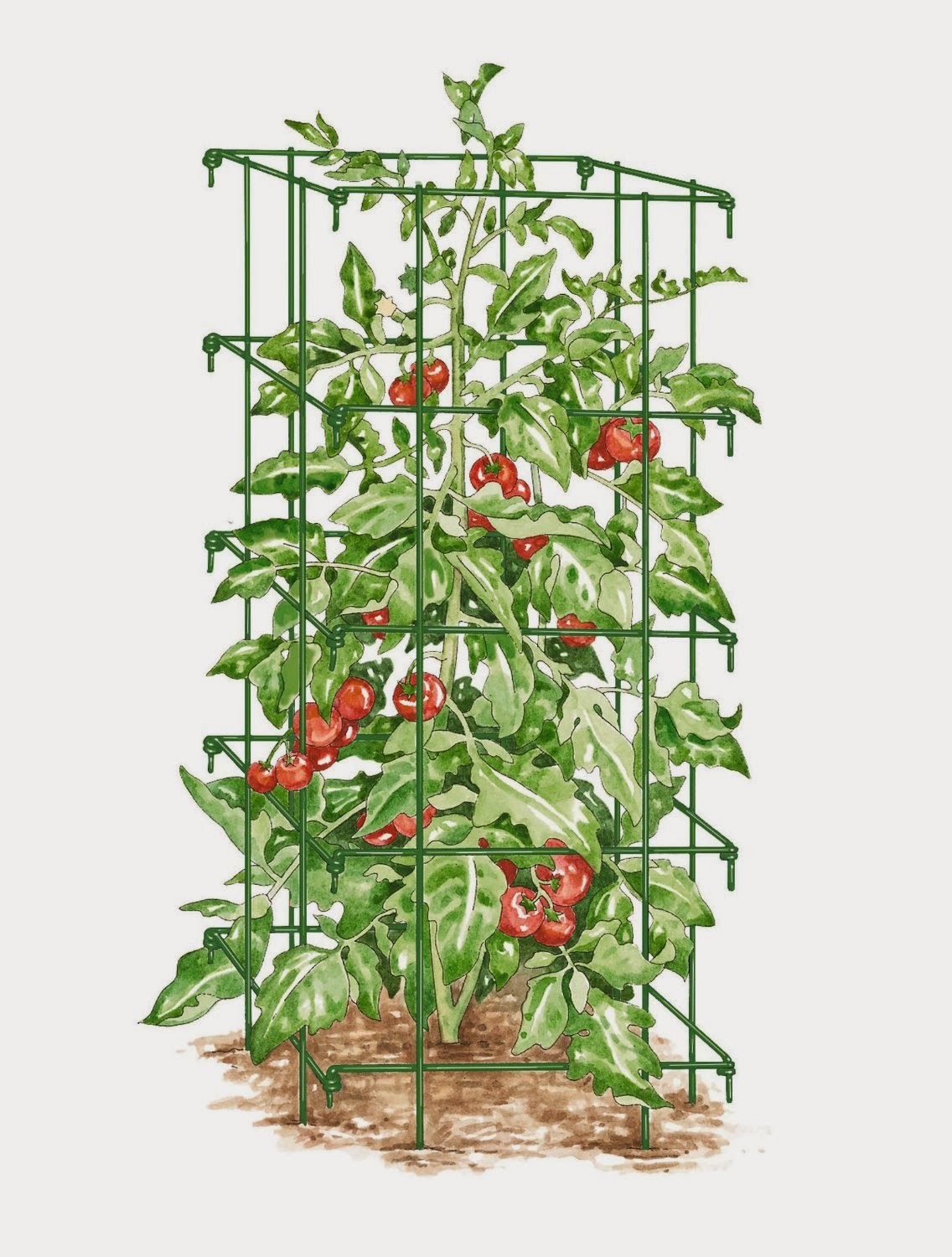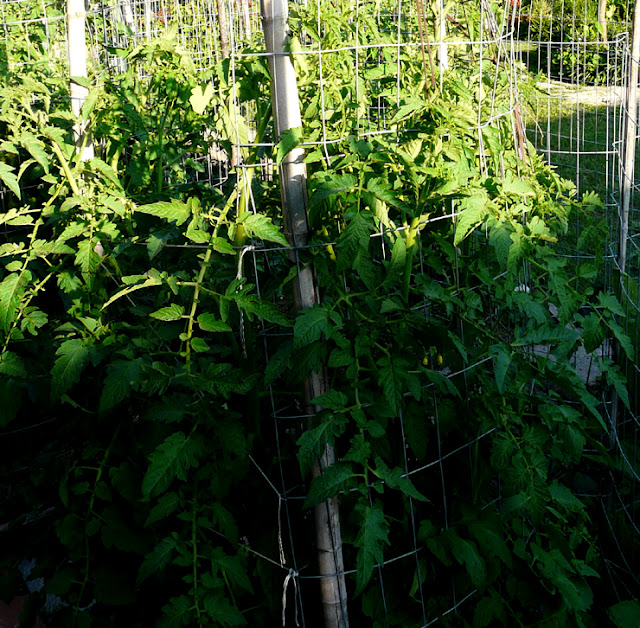So it has come to this. I, the person who has trouble pulling weeds because I don't want to hurt 'them', have now become a major thorn in the side to stink bugs. And by thorn in the side I of course mean I am killing them. Killing lots of them unfortunately.
Time was when I didn't kill them. My scenario was to just ignore them for as long as I could and then abandon the tomato plants when things got too buggy. Then I thought I should just net the tomato fruit so the bugs would not get on them. This resulted in my discovery that netting tomatoes is made difficult by this thing called a tomato plant. It worked, but it was very hard to get the netting material all around the tomatoes and the netting had to be placed on every set fruit or else the stink bug hoards would descend.
As the netting process became more arduous, I resorted to killing the multitudes of stink bug babies. I chose them as my victims for the sole reason that I could do it without touching them with my hands. My method was to place a small container under the area the babies had congregated (usually a tomato) and then shake the branch causing the babies to fall into the container. The first few times I did this I then added soapy water into the container to take care of the 'business'. Soon though I left off the watery death in favor of crushing them beneath my foot. I figured at least it was quick.
This gardening year my bug killing behavior has further evolved. No longer do I use the container unless there are a multitude of babies in a hard to reach location. Now I just grab them with my gloved hand. I think it has helped that I got a new type of glove this year. A Playtex Living Glove that comes up my forearm like some sort of rubberized gauntlet.
I purchased these gloves because I wanted something to use when I watered the plants. We are afflicted by dribbling water nozzles. No matter how you tighten them or use pipe tape, they dribble like some incontinent little creature all down your hand and wrist. Regular gloves become drenched and then have to dry out before being used again. The Playtex gloves are waterproof and the additional length means I can water impervious to both dribbly nozzles and the ever present mosquitoes.
The people at Playtex are savvy about the gardening uses of these gloves. First of all they made them a very attractive green color and second of all they came with a free packet of flower seeds. Smart move Playtex. What I wasn't expecting was the bug invincibility shield these new gloves have given me.
Take for example today. I did in over two dozen stink bugs hand harvested off of my tomato plants just like yesterday and the day before (gah - what a horrible, horrible year of bug this has been) - all with my Playtex gauntleted hand. Mind you there was a moment or two where I was cringing in anticipation of some sort of aggressive bite from the stink bug as I clasped their little bodies. No worries - either these bugs don't have a bite capability or the gloves are impervious.
Now I am sure you are wondering, just as my husband asked me - 'What do you do with the bugs after you grab them?' I throw them onto the ground and stomp on them. I wish I could say that I do all of this with a suave, matter of fact nonchalance, but the truth is, a keen observer would see a little bit of sissy prancing in my manner.
Yes, it weirds me out this 'killing of bugs' and from the moment I spy the critter to the moment I am frantically stomping on the beasty I am in a highly stressed out frenzy. I liken it to the way my dogs address the tree roach problem in our home.
Being as how it is a paradise of heat and humidity, the Texas gulf coast has quite an assortment of bugs. There is quite a list to pick from but the worst of the bugs in my opinion is what is often called a tree roach. It goes by several names including Palmetto bug, but it is classically called the American roach, Periplaneta americana. I have been horrified and disgusted by these creatures ever since my childhood where I can recall many instances of run-ins involving the awful things flying around rooms as well as other diabolical actions. The horror.
Since I choose to live a life without pesticides other than those considered organic, my choices in pest control are limited. Periodically we dust our household floors with boric acid and sprinkle it in cabinets and that does quite a good job of controlling their breeding indoors. However, being as how our old house is for want of a better term - porous - in its assortment of nooks, crannies and holes to the outside, there are always new volunteers of tree roaches joining us from the great beyond. So, there are frequent roach episodes indoors.
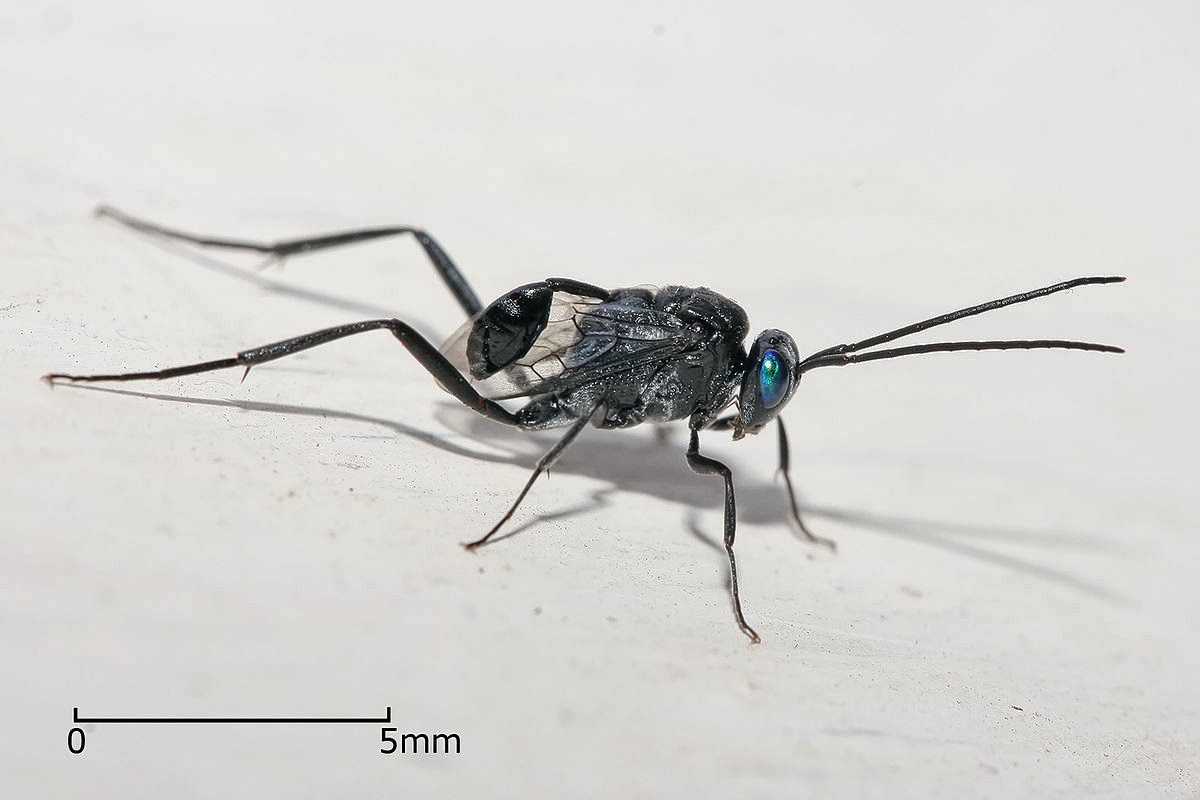 |
| Ensign Wasp - Photo by Muhammad Mahdi Karim |
We have an ally in a little parasitic wasp who plants its eggs in the egg cases of tree roaches. These little torso-less wasps as I call them are always inside during the summer. For the longest time I would place them back outside thinking I was doing them a favor. Then I looked them up and realized they were actually doing us a favor by preying on the tree roaches. Now I let them go where they want.
We also employ another organic roach killer which is also known as a Westie. Every since his childhood he has revealed an impressive skill at finding, catching and killing those horrible roaches. For this noble job he receives cheese. Even though we have also had a Mini Schnauzer and now a Border Collie, none have rivaled his roach killing skill. The Mini Schnauzer would not even try, knowing no doubt that even though he was not involved, he would get cheese anyway each time a roach met its demise via Westie. In short, the Westie was subsidizing his brother. The Border Collie on the other hand shows a desire to do in the roaches. It is just that she is not as efficient.
 |
| Westie - aka Roach Bane |
 |
| Border Collie - aka Roach Dancer |
The Border Collie stamp method and my stamp the stink bug method have a lot in common. Both of us know we have a job to do and both of us really don't want to do what is most effective. She doesn't want to put the bug in her mouth and I don't want to squash the bug with my hand.
So we dance.







